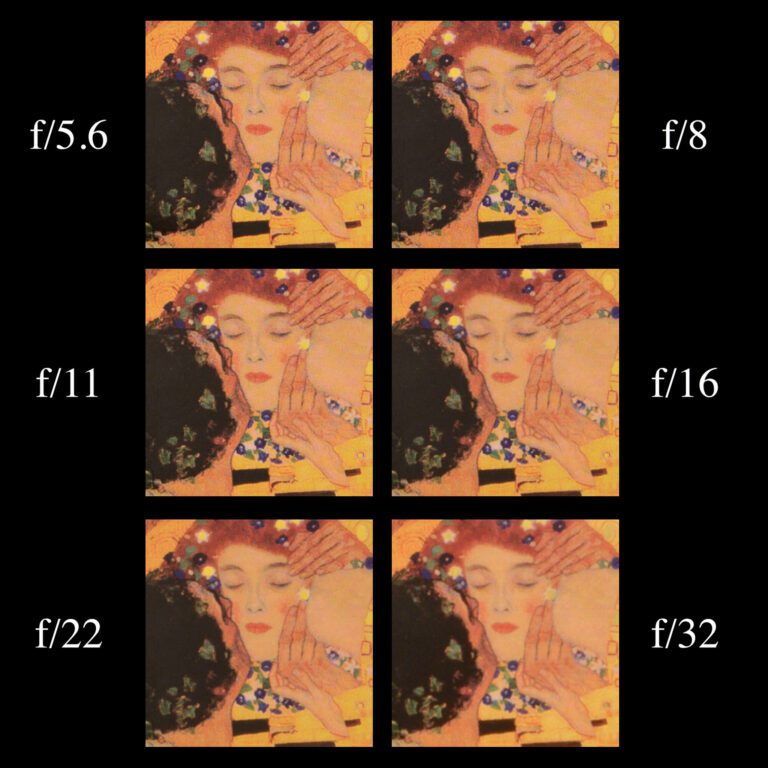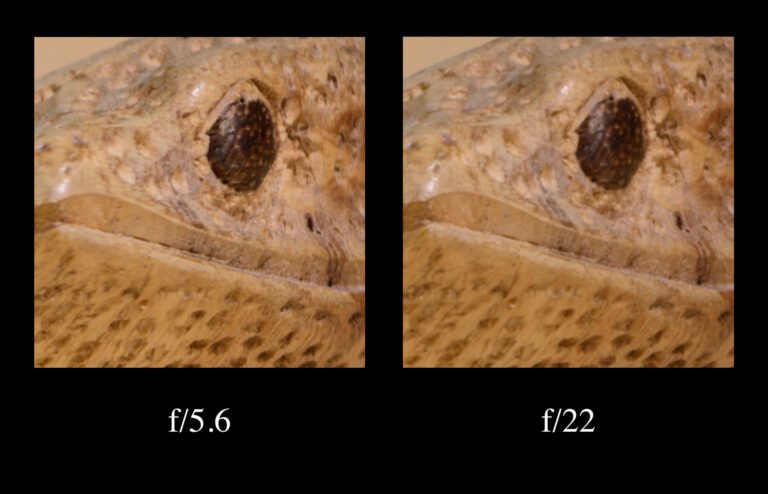

- #LENS DIFFRACTION IN PHOTOGRAPHY FULL#
- #LENS DIFFRACTION IN PHOTOGRAPHY PLUS#
However, the pixel apertures on both the Fujifilm GFX 50x and the GFX 100 are both about 3.76 um in diameter, even though the pixel pitch of the GFX 100 is 3.76 um and that of the GFX 50x is about 5.3 um. It is true that finer pitches usually go along with smaller pixel apertures, so inpractice they are related. The pixel pitch makes no difference, either, at least explicitly. The subject distance makes no difference, except as it affects effective aperture.The focal length of the lens makes no difference.
#LENS DIFFRACTION IN PHOTOGRAPHY FULL#
The format of the sensor - MFT, APS-C, full frame, 33×44 mm, or whatever you want - makes no difference. I ran the calculations out to f/90, where the curves are almost right on top of each other, but I’m not showing it because the scale required makes it hard to see the differences at apertures that you’d be more likely to use. By the time you get to the far right, the diameter of the combined blur circle is mostly the result of diffraction. On the left hand side of the graph, there is little diffraction and the combined blur circle is determined by the pixel aperture. Most decent lenses are getting to be diffraction-limited by about f/11. Here’s a plot for two pixel aperture diameters, 5.3 um and 3.76 um.Įxcellent lenses often lose significant sharpness to diffraction on axis by f/4 or f/5.6. The more conventional approach would have been to take as the diameter of the diffraction disk the distance across the disk between the first zeros, but I have found in the past that that overstates the contribution of diffraction. To approximate the size of the combined blur circle I to the square root of the sum of the squares of the pixel aperture and the diameter of a circle that included 70% of the energy of the diffraction disk. The way the effects of that array interact with all of the demosaicing algorithms is too complicated for me to model. Pixel aperture is circular, with 100% sensitivity within its diameter. I’ll draw upon that work to tackle the issue of how pixel aperture and diffraction interact directly here. Sometimes I used fairly rigorous simulations that took into account the phase of the light, and sometimes I used more approximate methods like the ones I’ll be using in this post. I’ve done a lot of work on diffraction before, and that work calculated the effects of the diffraction, pixel aperture, and defocus on blur circle size. There is also no clear distinction between the size of the diffraction disk on the sensor, the size of that disk as projected to the final print, and the size of the blur pattern created by the diffraction and the finite pixel aperture. But we used to see apertures that were much smaller than that, and in some cameras, notably the Fujifilm GFX 50S and GFX 50 R, we still do. 
Unless we’re talking about multishot regimes like pixel-shift, the largest effective pixel aperture we usually see is close to 100% of a square with sides equal to the pixel pitch. The second confusion is between the size of the pixel aperture and the number of pixels on the sensor.

#LENS DIFFRACTION IN PHOTOGRAPHY PLUS#
The size of the Airy disk on the print is a function of both those, plus the ratio of sensor size to print size. The size of the Airy disk on the sensor is a function of wavelength and f-stop. The size of the Airy disk is not a function of sensor size, pixel pitch, or pixel aperture. The first conflation is the lack of distinction between the effects of diffraction and the visibility of those effects. There are things that are mixed up in that, and things that are just flat wrong. A 50mp sensor will be effected at larger apertures than a 10mp camera of the same sensor dimensions.” Smaller sensors tend to have smaller pixels is all. The smaller the pixels the sooner diffraction effects will be noticed. “Diffraction is related to pixel size, not sensor size. Sensors don’t, at least under normal photographic conditions.Īctually lens diffraction is affected by pixel size, not sensor size. The X1DII and X1D doesn’t have, none or perhaps very little that I’ve noticed anyway.Īs you might expect, I challenged that assertion: A couple of days ago, a poster on the DPR MF board made a remarkable claim in response to speculation about a 100 MP X-series Hasselblad.







 0 kommentar(er)
0 kommentar(er)
